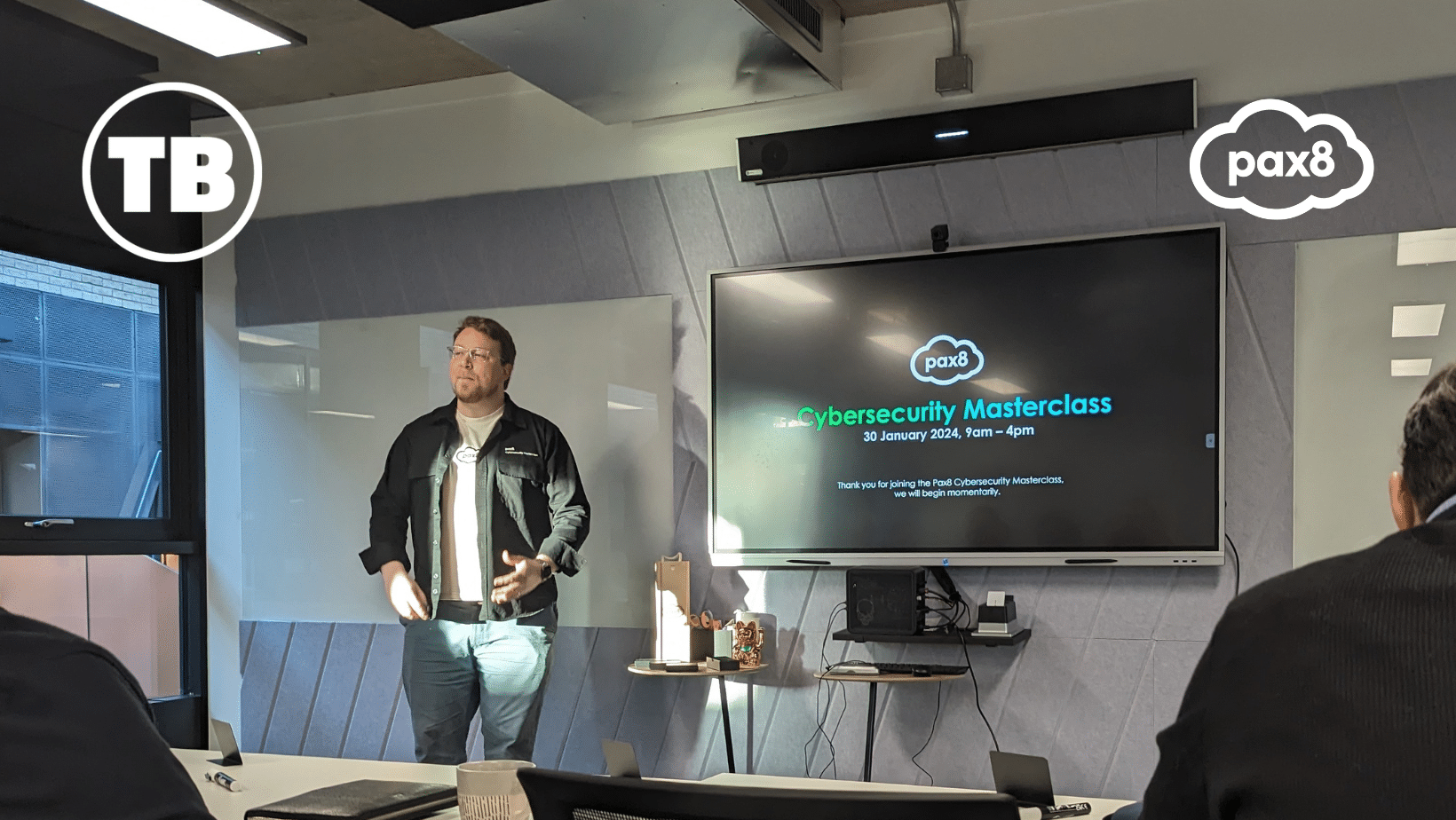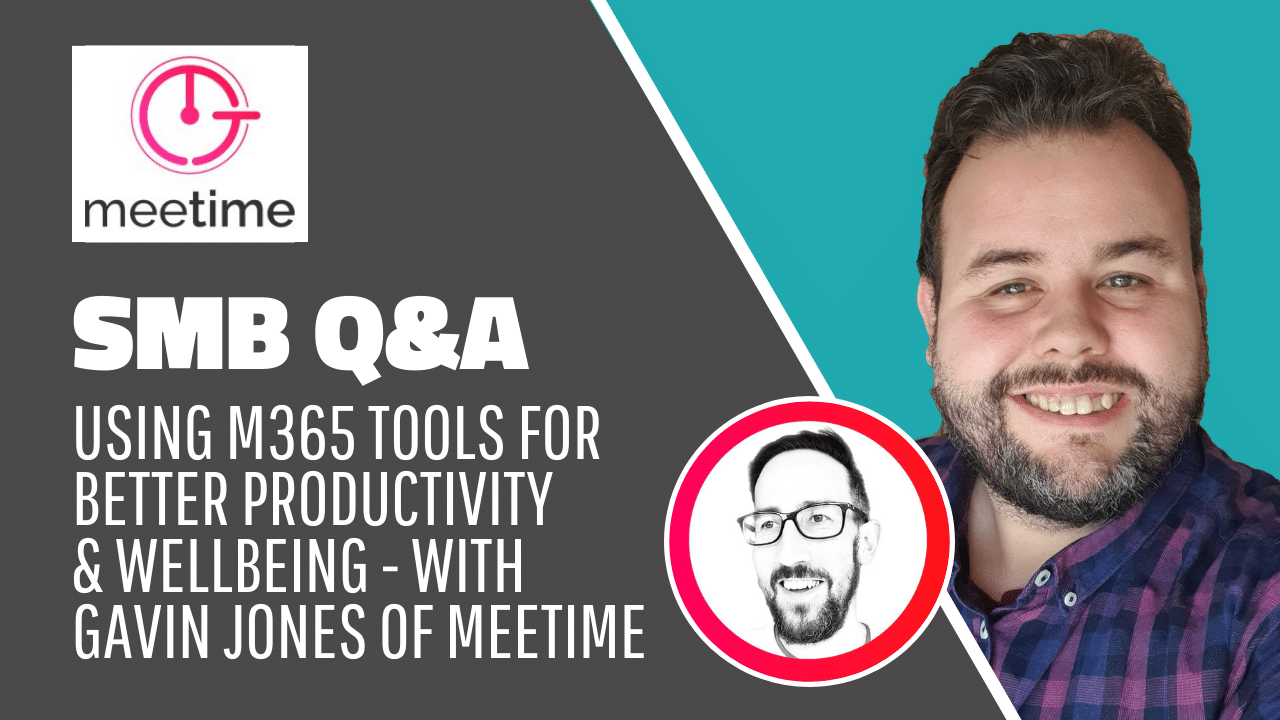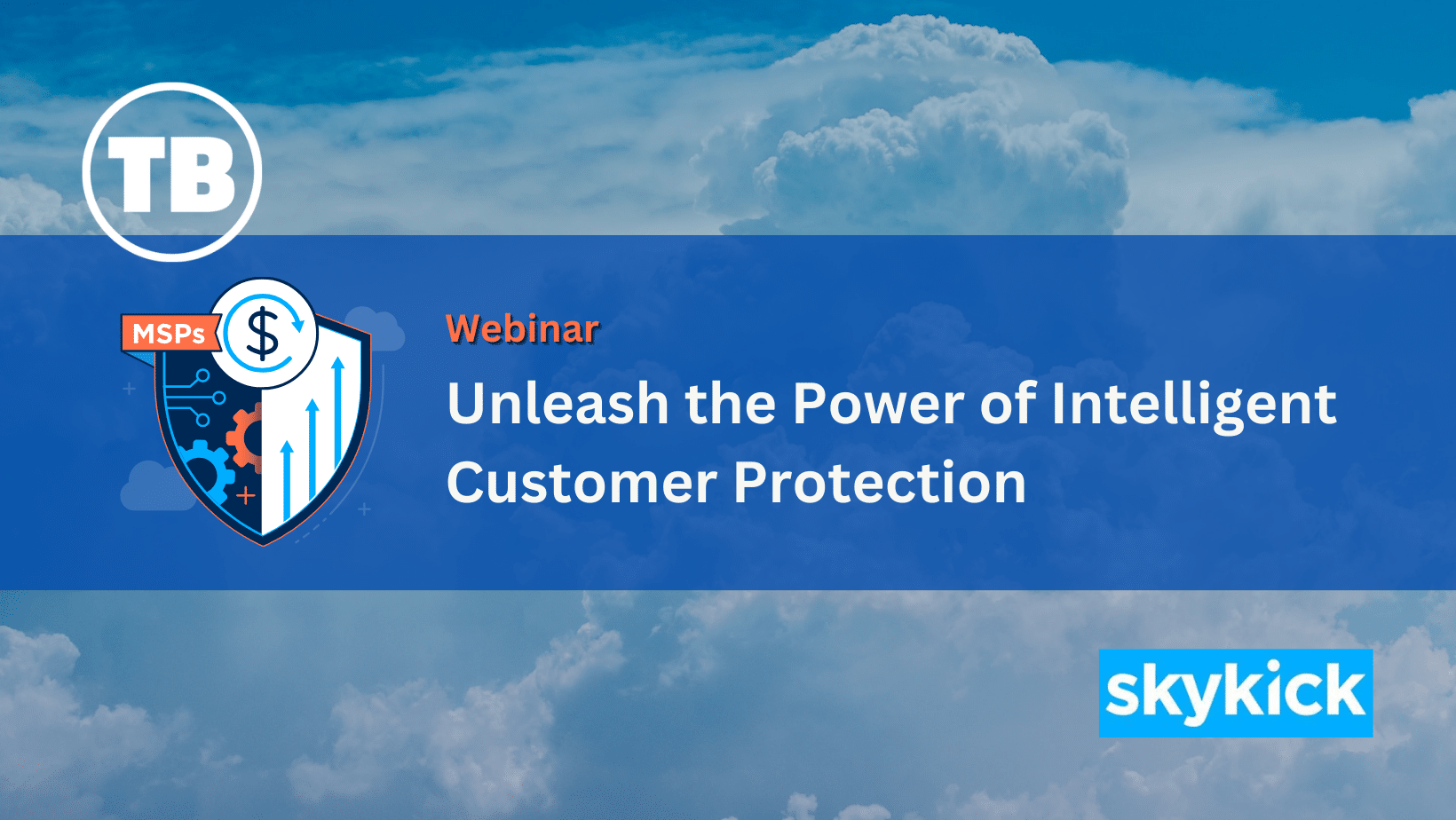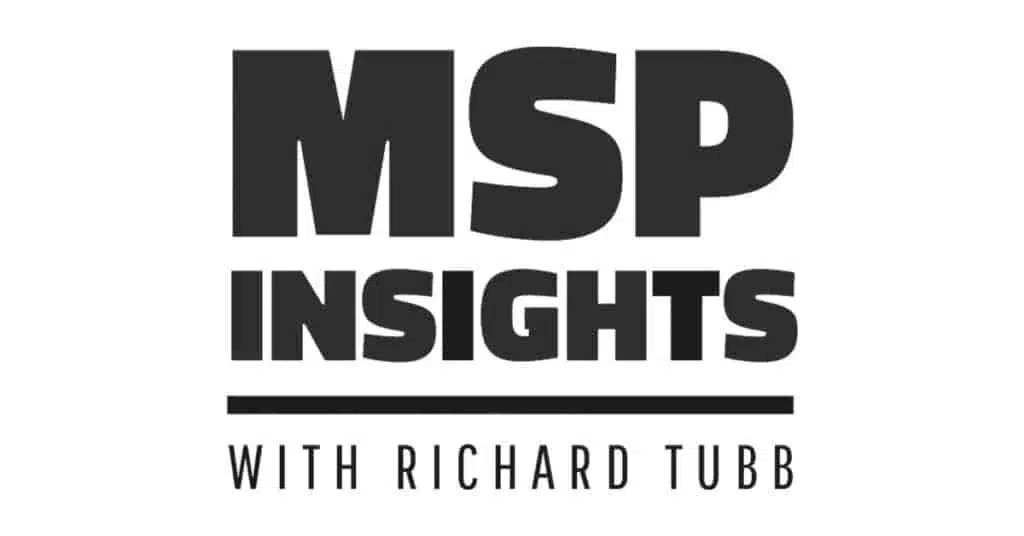 I’m always on the lookout for opportunities to help Managed Service Providers (MSPs) to reduce their cost of support and increase their profits.
I’m always on the lookout for opportunities to help Managed Service Providers (MSPs) to reduce their cost of support and increase their profits.
Any tool or solution that can help MSPs to reduce the time they spend supporting clients, and additionally, increase their revenue — I want to know more!
What is load balancing?
Most MSPs are vaguely aware of what load balancing as technology is, but are not sure of how to apply the technology in the real-world.
Many MSPs that I’ve spoken with have thought that load balancing is something to do with redundancy for Broadband Internet connections.
You typically see two types of load balancers in corporate networks.
- Line Load Balancers. These aggregate xDSL Wide Area Network (WAN) connections.
- Network Server Load Balancers. These optimise the performance of servers delivering relevant content to employees, external workers, contractors and members of the public.
The load balancing I’m going to write about here, which I’ll refer to as load balancing for MSPs, is the second type – Network Server Load Balancing (NLB).
Kemp Application Experience
The application experience solutions that caught my attention were those from Kemp.
Over recent months, I’ve learned more about Kemp as a business.
I interviewed the Kemp CEO Ray Downes about The Opportunity in Load Balancing for MSPs.
As a result, this interview opened my eyes to the breadth of the opportunity in load balancing for MSPs.
It’s for good reason that Kemp is one of the fastest-growing businesses in the tech space!
Full disclosure:- I’m an advisor to Kemp Technologies on their MSP strategy. I took this role on because I see their products as a golden opportunity for MSPs to expand their offerings, lower their cost of support and increase their revenue.
What are the benefits of load balancing for MSPs?
Let’s continue to look at the load balancing technology for MSPs.
I’d suggest that you would be better off thinking of load balancing as a technology to power an “always-on” application experience (a.x.) for clients.
Or, as “The Man With the Coolest Name in the Channel”, Sid Bloodsaw of Kemp says, Load Balancing is all about “making sure the application is available all the time”.
This always-on experience becomes especially critical for MSPs who are dealing with clients who insist on Service Level Agreements (SLA) for uptime.
As Sid says, “You don’t want a single point of failure”.
Therefore, Load balancing tech allows you to mitigate the risk of an application going offline, by balancing the application load across multiple service points.
Therefore, the primary tasks of the load balancer are:-
- Delivering requests to the best network servers as quickly and efficiently as possible, based on a chosen method of distributing network or internet traffic.
- Continually checking the performance of network servers and making decisions on which server would be the best choice to serve the users demands.
You can use load balancing to optimise the performance of servers that deliver content to employees or members of the public.
As a result, the load balancer will continually check the performance of the network servers, and make decisions over where to distribute requests.
What this means is that in digital terms, network load balancing spreads the load, so one server doesn’t become overloaded.
Examples of Load Balancers at Work
One practical example of where load balancing is critical is during the recent COVID-19 great “Work from Home” (WFH) rush.
When it comes to remote working, we typically configure most services and servers to enable some employees to access applications.
Suddenly, thousands of MSPs found themselves being asked by clients to enable their entire workforce to work remotely, and it meant some services couldn’t cope.
Some example areas where MSPs could deploy load balancing include:-
- Corporate email
- Unified Communications
- Collaborative work tools
- CRM and other workflow applications
- Web content
- e-commerce systems
- Self-provisioning applications
Some specific applications you could use load balancing for are:-
- Microsoft Exchange
- Active Directory
- Virtual Private Network (VPN)
- Skype
- Remote Desktop
- Microsoft Dynamics
- DNS
- Apache
- Moodle
And many more besides.
Load balancing technology allows MSPs to add elastic resources to applications, stretching to meet demand as needed.
Multi-Tenant Load Balancing Solutions
If you research the load balancing market, you’ll find plenty of options from very reputable companies.
However, the target market for nearly all load balancing options are significant, multinational businesses who have lots of locations.
The Managed Service market is different.
For instance, MSPs don’t serve a single client; they serve dozens, if not hundreds or even thousands of different businesses.
Similarly, each of these businesses has different requirements.
The Kemp solutions allow you to have a per-client load balancer within their central platform.
As a result, it’s a multi-tenanted solution, built for MSPs.
You can deploy Kemp to:-
- Hardware appliances
- Virtual machines
- Public-cloud applications
Which brings us on to the next question on most MSPs mind — this sounds great, but how much is it going to cost?
Flexible Load Balancing Licensing for MSPs
I asked Kemp’s UK Service Provider Manager, Tim Swainson, how friendly Kemp is to MSPs where it counts — their pricing!
Tim explained to me that:-
- Kemp has removed the need for an upfront cost when buying their load balancing technology.
- You can use flexible licensing for the Kemp load balancing solutions. As Tim says “Take the product. Deploy it. Use It. We’ll only bill you for what you’ve used”.
- Kemp has removed long-term agreements. You can use Kemp licenses on 30-day terms.
Kemp can also offer metered licensing.
As a result, Tim says that MSPs can take an agreed amount of throughput.
Because of this licensing, MSPs can deploy or load balancing technology across any virtual instances on their platform.
“You are then only charged for the throughput you’ve agreed, rather than individual instances of machines.”
Kemp also offer the SPLA (Service Provider License Agreement) license for providers to take the Kemp technology and build it as needed into the infrastructure they are supporting.
What’s the difference between Kemp and Windows Load Balancer?
I’ve already mentioned that many MSPs still consider load balancing to be a technology for Broadband connections.
As we’ve explored, that is not the case — and Application Experience (Or “a.x” as Kemp have coined the term) is changing the way MSPs meet their uptime agreements with clients.
But when I started to ask MSPs what more they knew about load balancing technology, I kept being asked, “Isn’t that included with Windows?”.
Windows Server 2016 does indeed included a load balancing service. So what is the difference between Kemp’s technology and Windows Load Balancer?
I went back to ask Tim and Sid to explain the difference between Kemp AX and Windows Load Balancer (WLB).
As a result, Tim and Sid educated me on the different features that Kemp has that sets the solution apart from WLB.
- You can use the Kemp load balancing solution on multiple platforms
- Kemp offers a web proxy service, which WLB does not.
- There is a Layer 7 Firewall (which Kemp refers to as the Web Application Firewall or WAF) integrated into Kemp’s solution
- Kemp offers Geo Load Balancing — you can load balance applications across multiple sites, anywhere in the world.
You will also find that Kemp is a LOT easier to use and deploy.
I can’t stress this point enough. For a super-powerful technology, you would expect it to be very complex to configure and maintain.
But that’s not the case with the Kemp solution.
As a result of the templates that Kemp provide, you can pre-populate workloads easily and quickly.
Because of this, your configuration work is made simple!
The Many Ways MSPs Can Use Load Balancing Tech
In this article, I’ve given an introduction to load balancing, Kemp’s solutions and how they apply to MSPs.
However, to dig deeper, I sat down with Tim Swainson and Sid Bloodsaw to ask them about the man ways MSPs can use load balancing tech.
Conclusion
The world of Managed Services isn’t a static one. MSPs need to be looking for solutions that enable them to differentiate themselves from the competition.
You will find that Load balancing offers MSPs an opportunity to lower the cost of supporting clients and increase revenue.
In other words, your MSP business can use load balancing technology to provide an always-on application experience (Ax) to clients who can’t afford to experience downtime.
If you thought load balancing wasn’t something applicable to your MSP’s business model, then I’d urge you to take another look.
As a result, you will see that the work that Kemp is doing is making load balancing a viable proposition to your MSP clients.
What questions do you have about load balancing or Kemp’s Ax solution? Leave a comment below or get in touch.
I’ll ask Tim and Sid to answer all your questions, and we’ll highlight them on our Kemp Technologies page.















Comments